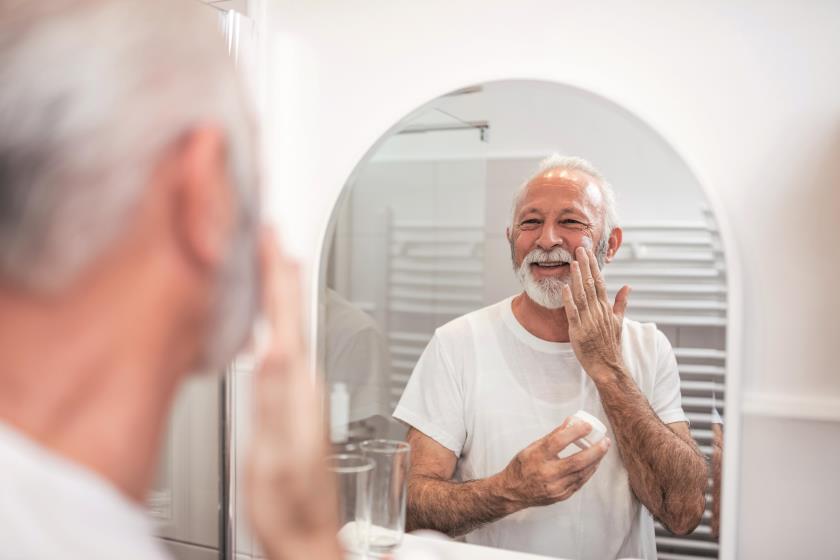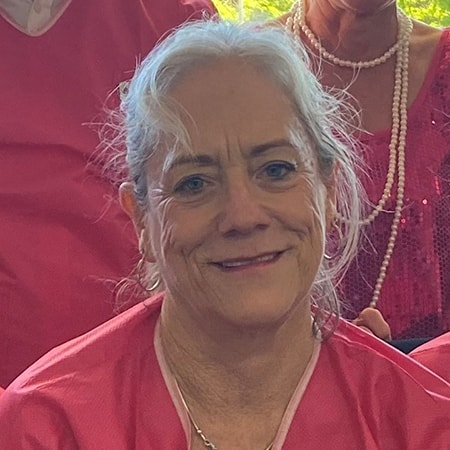The skin is actually the largest organ of the body and includes hair, nails and glands. As we get older, our skin also becomes fragile as the fat levels and integrity between skin layers reduce. Coupled with a reduction in mobility, it becomes more vulnerable to damage.
Falls and blunt trauma can all lead to skin tears, which is when layers of the skin separate from each other. Injuries to the upper and lower limbs are most common in elderly patients. As our population ages, this is set to become an increasingly important issue in our community. Clinical Nurse Specialist Leigh Davies gives us a few simple steps that we can introduce into our daily routine to help reduce the risk of skin tears:
Create a safe environment
By creating an environment that is free from hazards, such as removing loose cords, mats, clutter and sharp furniture, you can reduce slips and falls. Ensure you have adequate lighting and a clear path in your home.
Other ways to prevent trauma include wearing long sleeves and pants or knee-high socks. Those with repeat skin tears to shins could make use of shin guards. Keeping fingernails and toenails cut short and filed can also help prevent self-inflicted skin tears.
Hydration and moisturising
Diet and hydration play an important role for your skin. Make sure you drink enough water and eat the right kind of foods. The best foods for promoting skin health include nuts, tomatoes, spinach and fatty fish.
Moisturising once or twice a day to help to trap moisture into the skin and reduce water loss by evaporation. Known as emollients, these come in the form of creams, ointments and lotions. These should be used as both soap substitutes and leave-on treatments.
Special attention should be paid to moisturising your arms and legs, as the most vulnerable parts of the body. Avoid using soaps and perfumed products which are drying to the skin.


